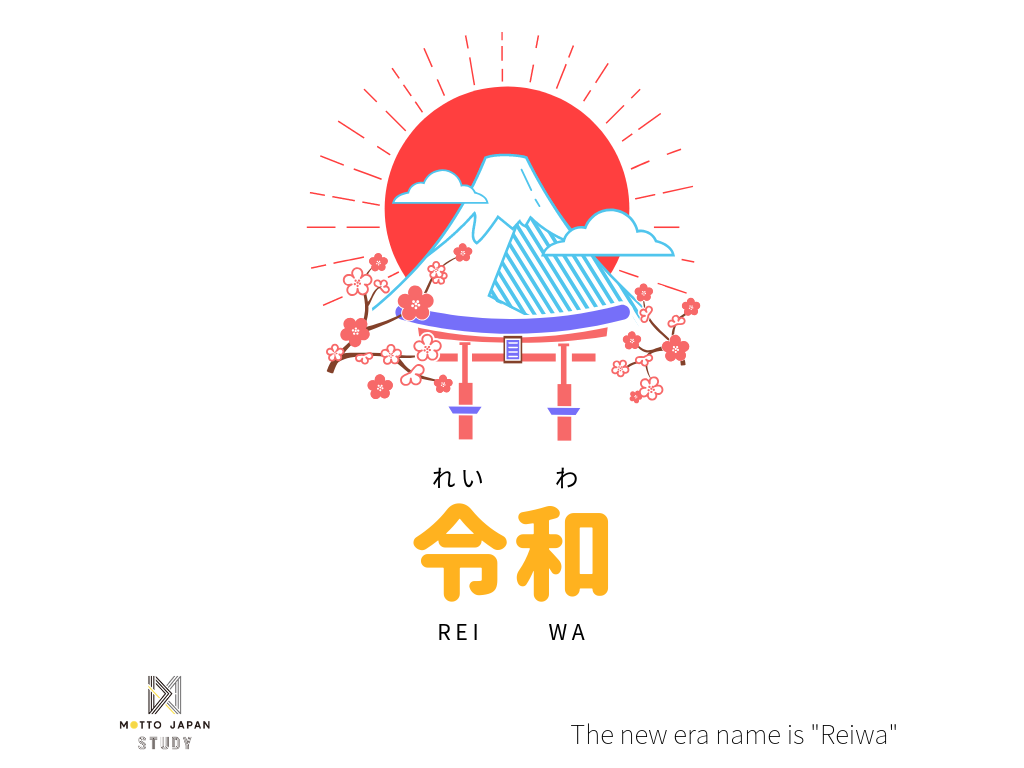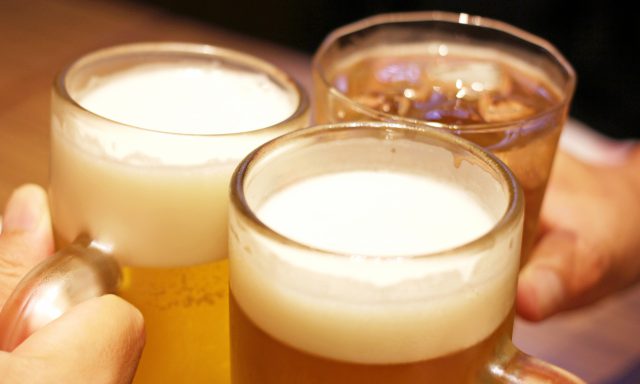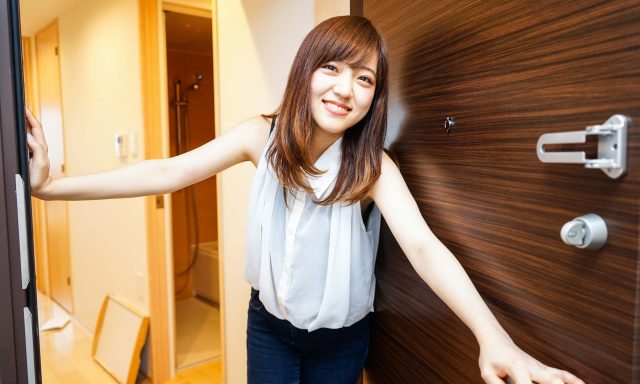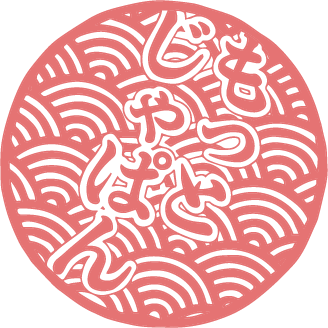Reiwa – A New Japanese Era and What it Means

While Japan does recognize and use the Western calendar and year numbering system, it has also employed a separate era calendar scheme for centuries. This article discusses this history of the era system, its significance in everyday Japanese life, as well as the recently announced name of the upcoming Japanese era – Reiwa – its significance, and what it means for upcoming years.
|
A New Age in Japan
In August 2016, reigning Emperor Akihito announced his intent to abdicate the Chrysanthemum Throne. Since that moment, one of the biggest questions on the mind of the Japanese public was what the name of the coming era would be. It was with bated breath that people all over the country waited in front of their television and computer screens and even in public square such as Hachiko Plaza in Shibuya, Tokyo for the scheduled 11:30 announcement of the new gengō (era name). At 11:41 in the morning on Monday, April 1, 2019, the name of the upcoming Japanese era was announced by Chief Cabinet Secretary Yoshihide Suga. The Reiwa era is set to begin on May 1, 2019, after the abdication of the Chrysanthemum Throne by Emperor Akihito and the ascension to the throne by his son Crown Prince Naruhito.
How the Name Reiwa was Chosen
The imperial calendar system adopted by Japan in 645 CE during the reign of Emperor Kōtoku. Era names not only changed according to reign but also in response to significant events affecting the country including natural disasters. It wasn’t until the Meiji Era (1868-1912) that the one “one emperor, one era” practice became standard.
Era names are not chosen by the emperor but are selected by the cabinet from a pool of candidates created by bureaucrats and scholars using the following guidelines:
- Consist of two kanji (Chinese characters)
- Have a positive meaning
- Be easy to read
- Be easy to write
- Cannot have been used in combination previously
- Not be in common use
Era names are often abbreviated by writing the first roman character before the year number (i.e. M for Meiji, T for Taisho, S for Showa, and H for Heisei) and it is, therefore, a requirement that a new era does not begin with any of these letters.
Era names are also traditionally chosen from historic Chinese texts but Reiwa is thought to be the first to be chosen using a Japanese source.
What Does Reiwa Mean?
While it is possible to derive the literal meaning of the new gengō by looking at the individual characters for rei (“good fortune”) and wa (“peace” or “harmony”), it is important to understand the source of the name.
The Man’yōshū is the oldest existing collection of Japanese poetry and the source for the name Reiwa. The excerpt chosen describes a Japanese apricot flower (ume) in full bloom in early spring after surviving the cold winter.
Japanese
|
Romanization
|
English
|
|---|---|---|
初春の令月にして、気淑く風和ぎ梅は鏡前の粉を披き、蘭は珮後の香を薫らす。
『万葉集』巻五の「梅花の歌(三十二首、并せて序)」
|
Shoshun reigetsu ni shite, kiyoku kaze yawaragi ume wa kyōzen no ko o hiraki, ran wa haigo no kō o kaorasu.
Man’yōshū、maki go no "baika no uta (sanjūni-shu, awasete jo)"
|
During the month of good fortune ("Rei"), when the winds blow gracefully and are harmonious ("wa"), and the plum blossoms bloom like powdered makeup applied before a mirror, and the orchids adorn themselves in jewels of their scent.
From Man’yōshū volume V, "Songs of Plum Blossoms (poem number 32 and prelude)"
|
Prime Minister Shinzo Abe described the embedded meaning as, “Culture is nurtured when people bring their hearts together in a beautiful way.” Abe also mentions that the Man’yōshū is a reflection of Japan’s rich culture in which the people of Japan should take pride in it along with the nation’s beautiful natural features.
How New Gengō Affect Life in Japan
New gengō are created with the intention of providing the residents of Japan with a sense of moral direction or a standard to aim for in everyday life, business, and government. Though it may be easy to think that it doesn’t have a large or immediate impact on the people in the country, it does affect a number of processes that are essential to living in Japan.
Though the Western calendar is widely used across Japan, the traditional gengō-based calendar is still employed at the government level as well as at banks, the post office, and schools. This means that any paperwork filled out at a city office (including moving procedures and national health insurance registration), at the bank (including opening a bank account or transferring money), or public schools are usually filled using the Japanese year.
Academic, tax, and other fiscal calendars are also based in the gengō system. This makes it important to remember not only the year in Western terms but also the Japanese year which is defined by the number of years the current emperor has been in reign. If this proves to be difficult, most city offices, banks, and post offices have copies of calendars with the year written on countertops where people fill out forms as well as at clerk windows to help people remember what year it is. It is also becoming more and more common for paperwork to offer the option to enter the name in seireki (Western calendar) format. When in doubt, never be afraid to ask what year it is to the nearest Japanese person.





